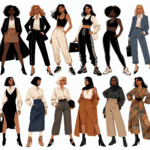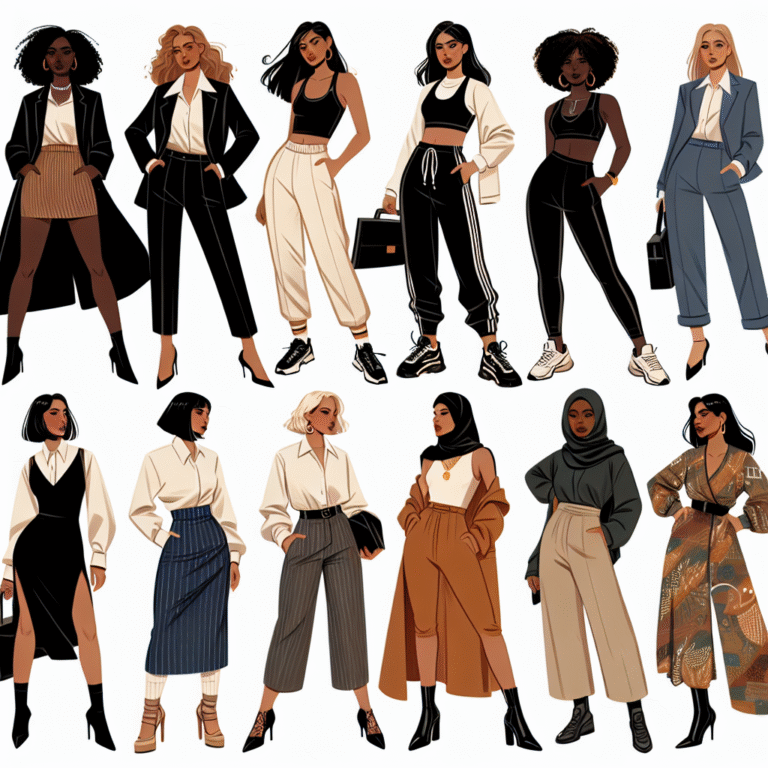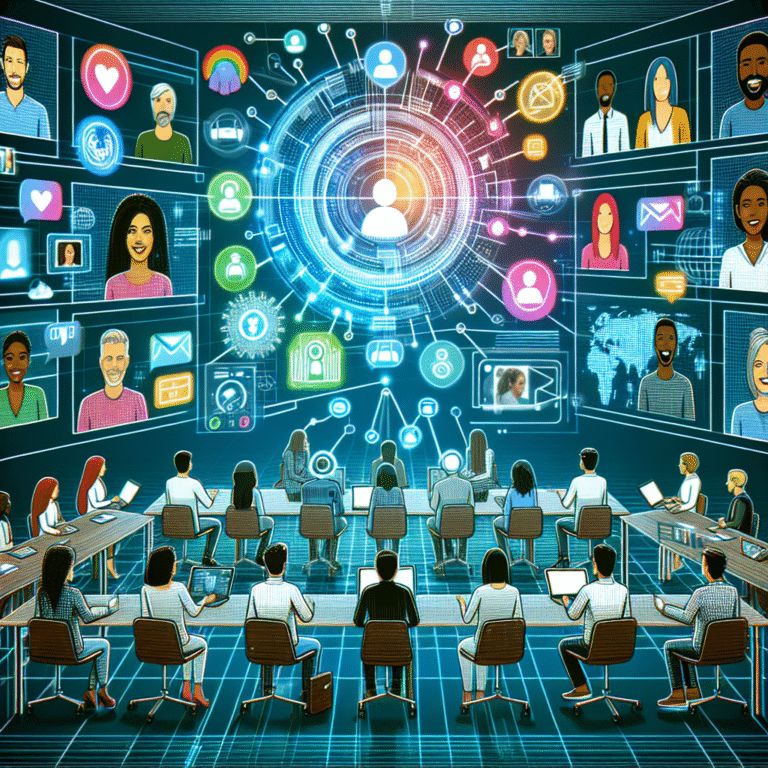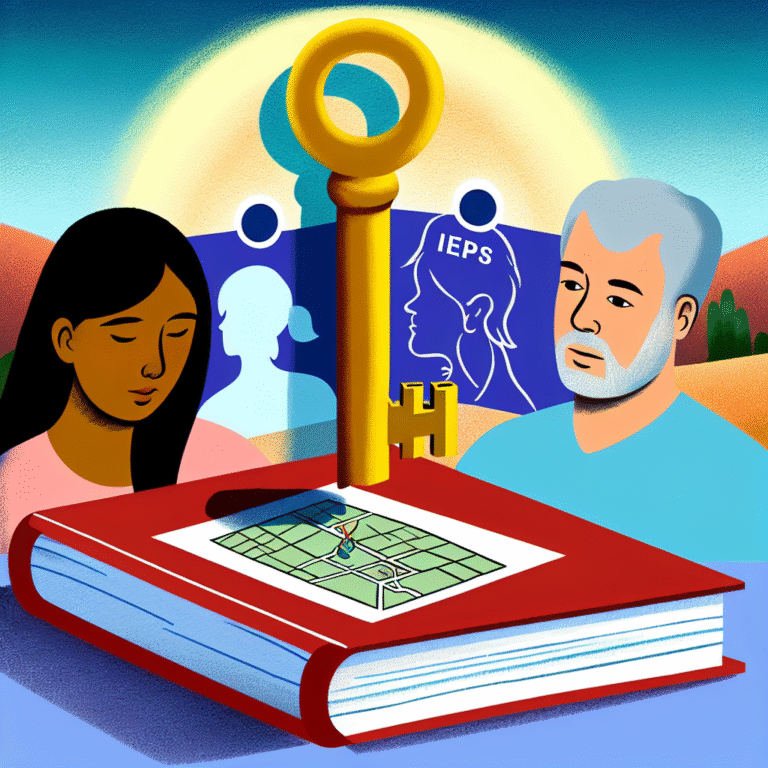
Introduction
Imagine a young girl, her room awash in shades of pink, surrounded by dolls and play kitchens, while her brother dives into a world of action figures and building sets in hues of blue. This early setup is not just a matter of aesthetics; it’s a subtle yet powerful reinforcement of gender stereotypes that will follow them throughout their lives. The journey from "Pink Toys to Blue Careers: How Gender Stereotypes Shape Our Choices" goes beyond toys—it’s about how societal expectations can dictate the path we take, both personally and professionally. Understanding this journey is not only essential for individuals but for society as a whole, as it affects everything from career choices to self-esteem.
The Power of Early Impressions: How Toys Shape Gender Roles
As children, we absorb everything around us, and toys serve as one of our first teachers. Research consistently shows that toys are not gender-neutral. According to a study by the American Psychological Association, children as young as 18 months can exhibit preferences for gender-typed toys.
Gendered Toy Marketing
The marketing strategies that position toys as "for boys" or "for girls" serve as a blueprint for young minds. Companies cleverly use colors, images, and themes to suggest that girls should nurture and care, while boys should build and conquer.
| Gender | Typical Toys |
|---|---|
| Girls | Dolls, play kitchens, beauty sets |
| Boys | Action figures, building sets, sports equipment |
This early segregation creates a foundation for what children view as appropriate interests for their gender, leading to later career choices.
Case Study: How Toy Choices Affect Academic Interests
A revealing study conducted at the University of California found a direct correlation between childhood play and later career aspirations.
Findings
- Participants: 500 children aged 4-7
- Method: Observed and interviewed about their toy preferences
- Outcome: Girls who engaged in more traditionally male play (like building with blocks) were more likely to pursue STEM fields later in life.
This reinforces the notion that “From Pink Toys to Blue Careers: How Gender Stereotypes Shape Our Choices” can dictate not just pastimes but future ambitions.
The Educational Divide: From Pink Playgrounds to Blue Classrooms
As children enter school, they encounter another layer of gender stereotypes. The classroom environment can reinforce traditional gender roles, influencing how students view their capabilities in subjects like math and science.
Implicit Bias in Education
Teachers, often unconsciously, may favor boys in subjects that require assertiveness, while encouraging girls to take on roles that emphasize empathy and cooperation. Studies show that girls often receive less critical feedback than boys, which can diminish their confidence in pursuing higher-level math and science courses.
Table: Gender Participation in STEM Fields
| STEM Field | Female Students (%) | Male Students (%) |
|---|---|---|
| Computer Science | 18% | 82% |
| Engineering | 20% | 80% |
| Mathematics | 30% | 70% |
Case Study: The Role of Teachers in Gender Stereotypes
A case study from a middle school in Michigan observed that teachers who received training in implicit bias significantly increased the number of girls participating in science fairs.
Analysis
- Initial Observation: Girls showed interest in subjects but often opted out of competitions.
- After Bias Training: Female participation increased by 40%, and overall performance improved.
This case proves that when educational environments become more inclusive, the opportunities for students to make choices beyond conventional gender stereotypes widen.
Parental Influence: Shaping Future Careers
Parents play a crucial role in the choices their children make. When parents model gender roles in their careers, they set a precedent for their children.
The Gendered Nature of Parental Influence
A study from the University of Chicago indicated that parents are more likely to encourage boys to pursue careers in fields such as engineering or finance, while steering girls toward careers in healthcare or education.
Case Study: The Parental Impact on Career Choice
In a recent survey, families were asked about their expectations for their children’s careers.
Key Findings
- 75% of parents believed their sons would pursue careers in tech or engineering.
- 60% of parents believed their daughters would naturally be drawn to social work or teaching.
Conclusion
From this, we see that parental expectations often restrict children’s possibilities, perpetuating the cycle of “From Pink Toys to Blue Careers: How Gender Stereotypes Shape Our Choices.”
The Media’s Role: Shaping Perceptions and Choices
In addition to family structures, media representations also play a significant role in determining career aspirations. Movies, TV shows, and advertisements often reinforce traditional gender roles.
Impact of Gendered Media
Children are bombarded with messages about what it means to be masculine or feminine. A study found that children who are frequently exposed to media that emphasizes gender-stereotyped roles are less likely to pursue interests that contradict these roles.
Table: Gender Representation in Popular Media
| Media Type | Female Leads (%) | Male Leads (%) |
|---|---|---|
| Animated Films | 30% | 70% |
| Video Games | 13% | 87% |
| TV Shows | 40% | 60% |
Case Study: Gender Representation in Animation
A breakdown of Disney films over the last two decades reveals that while female characters have gained more agency, their stories are still often centered around love and relationships. This often sends the message to young girls that their ultimate goals should align with traditional gender roles.
Analysis
- Female leads represent only a fraction of total characters, limiting aspirational diversity for young viewers.
Beyond Gender: Intersectionality and Career Choices
While gender stereotypes are a significant factor, they interact complexly with other identities, including race, class, and sexuality.
The Impact of Intersectionality
Research indicates that young girls of color face even harsher stereotypes, limiting their access to fields traditionally dominated by males.
Conclusion
As we traverse the journey from "Pink Toys to Blue Careers: How Gender Stereotypes Shape Our Choices," it is imperative to recognize the influences at play. From the toys we play with and the media we consume, to parental expectations and educational experiences, gender stereotypes creep into every aspect of life.
Motivational Takeaway
The fight against limiting stereotypes requires collective effort. By empowering young minds to explore a diverse range of interests—devoid of gender bias—we can unlock unparalleled potential in future generations. The key is to celebrate individuality and encourage every child to pursue their passions, irrespective of societal expectations.
FAQs
1. How can I encourage my child to explore beyond gendered toys?
Provide a variety of toys that encourage creative thinking and problem-solving, regardless of their gender association.
2. What role do schools play in breaking gender stereotypes?
Schools can create an inclusive environment by offering diverse curricula, promoting female role models in STEM, and training teachers to recognize their biases.
3. How can media representation be changed?
Support content creators who challenge traditional gender roles and advocate for diverse representation in mainstream media.
4. Are there any careers that are gender-neutral?
Yes, many careers are increasingly becoming gender-neutral, including professions in technology, sports, art, and entrepreneurship.
5. How can gender stereotypes affect adult career choices?
Adults who faced strict gender stereotypes in childhood may feel limited in their career choices, often gravitating towards roles they feel are more acceptable or expected for their gender.
The journey from "Pink Toys to Blue Careers: How Gender Stereotypes Shape Our Choices" is a crucial conversation that needs to happen. Let’s strive for a future where career choices are determined by passion, not by paint colors.















